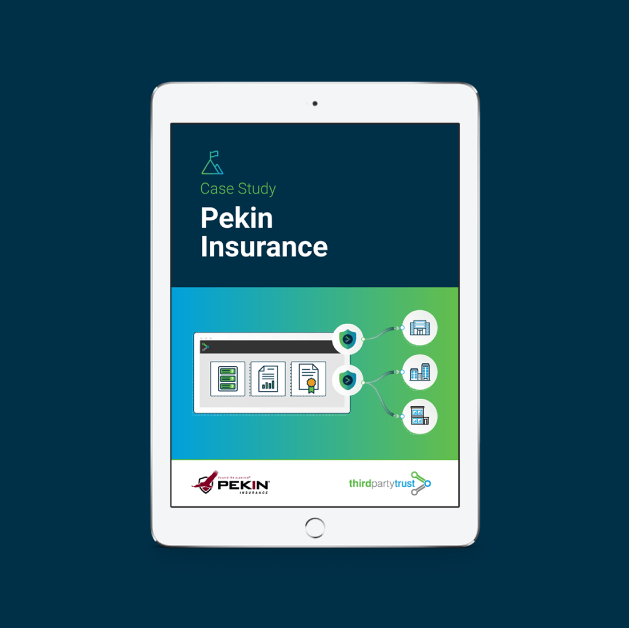Third Party Risk Management for the Insurance Industry: Tips and Best Practice
The insurance industry is fueled by data: in order to calculate a prime, insurers need to know their customers’ data, ranging from personally identifiable information (PII) to patrimony and health records. This information is also treated by brokers, underwriters, state attorneys, and other actors. Therefore, the need for internal security measures and third party risk management (TPRM) for insurers is evident.
Why do insurers need third party risk management?
Organizations that provide insurance hold data about every aspect of our lives, and considering its confidentiality, availability, and integrity, vendor risk management can make a huge difference. The insurance industry does not only store large volumes of data, but they also rely on different technologies (often outdated) as well as third party vendors (and their fourth parties).
As a result, they make attractive targets for cybercriminals. In fact, a large healthcare insurer paid $6.85M to settle a massive data breach from 2015, which affected 10.4 million people.
In addition, the insurance industry and its third-party ecosystems are heavily regulated, with federal and state regulatory agencies defining standards and best practices. They need to comply with the OIG, OCC, FFIEC, and CFPB; meet reporting and auditing requirements from state regulators; and occasionally comply with HIPAA.
As outsourcing in the insurance industry increases, so do business complexity and regulatory requirements. At the same time, best practices continue to evolve and insurers expand their efforts to ensure risk management processes remain effective, not only to comply with regulations, but also to protect the interests of customers and stakeholders.
So how can insurance companies leverage third party risk management (TPRM) to increase security beyond their perimeter, secure their vendor ecosystems, and prevent a data breach?
5 TPRM Tips for the Insurance Industry
- Implement a third-party risk management framework, including a clear definition of ownership and governance, risk appetite, and standardized workflows; involve all stakeholders, including business owners, compliance, finance, procurement, and IT, to turn silos into teams of shared decision making.
- Categorize third parties according to their criticality, scope, security ratings, and regulatory requirements to determine the level of control required; take into account that vendors outside the regulatory scope can also be the source of risk, so you might as well perform minimum motoring.
- Put in place a proactive, scalable, and comprehensive third-party risk management program, from due diligence to continuous monitoring (more on this in our free guide); ongoing monitoring helps to capture material changes after the vendor has been onboarded and ensures they continue to abide by contractual arrangements.
- Invest in technology that allows you to streamline the end-to-end vendor risk assessment, monitoring, and mitigation workflow, with analytics to quantify risk, monitor behavior, and increase efficiency (this free guide explains how a streamlined assessment process looks like).
- Keep data flow records or diagrams to analyze what data is being exchanged with third party vendors, where it originated, where it is stored, and who has access to it.
Third party risk management can help insurance companies track dozens or hundreds of vendors to make sure they don’t expose the organization to unnecessary risk. It also provides insight into their fourth parties, which is critical in an industry where sensitive data runs through multiple hands.
ThirdPartyTrust Third-Party Risk Management Tool for the Insurance Industry
ThirdPartyTrust’s cloud-based platform is designed to help insurance and other financial services firms manage third party vendors in compliance with increased and expansive regulatory expectations.
It automates your vendor documentation intake, risk assessment and monitoring processes, helping you understand, manage, and mitigate the risks posed by your third party vendors throughout the lifecycle of the relationship.
The covid19 pandemic has forced the insurance industry to digitize more processes and adopt more technology. More change has occurred in the past year than in the previous decade and the pace is only accelerating. Are you on track to adapt to evolving customer behaviors?

Insurance Case Study: 2x Vendors Assessed With the Same Resources
With a growing customer base, the information security team at Pekin Insurance was experiencing limitations in the amount of vendor risk assessments they could perform.
With ThirdPartyTrust, they automated their workflow and reduced the assessment turnaround by 50%, whith a 3x ROI realize in the first six months.




